17 incredible Australian women in botany

Ellis Rowan
Born: 1848
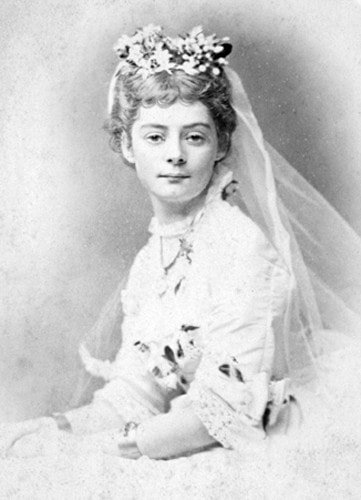
Marian ‘Ellis’ Rowan was a natural history painter, botanist and early Australian explorer. Motivated by her desire to discover rare flowers previously unknown to science, Ellis travelled around Australia and other areas of the Pacific, documenting everything she saw. Her talents were harnessed by Australia’s first government botanist Ferdinand von Mueller, who would annotate drawings of what Ellis had painted. Many of Ellis’s paintings are now held by the National Library of Australia.
Edith Coleman
Born: 1874
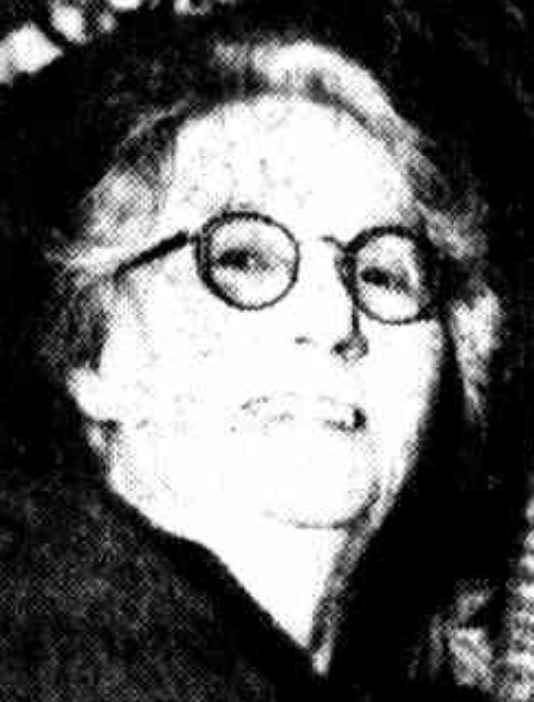
Edith Coleman was a leading Australian naturalist, who although having no formal training in botany, published countless papers, articles and journals on native plants and animals. Her biggest contribution to the field of botany was her discovery of pseudo copulation in Cryptostylis orchids (aka tongue orchids) – where a plant mimics a female of an insect species so the male then pollinates the flower. For this discovery and her overall dedication to botany, Edith became the first woman to receive the Australian Natural History Medallion.
Mary White
Born: 1926
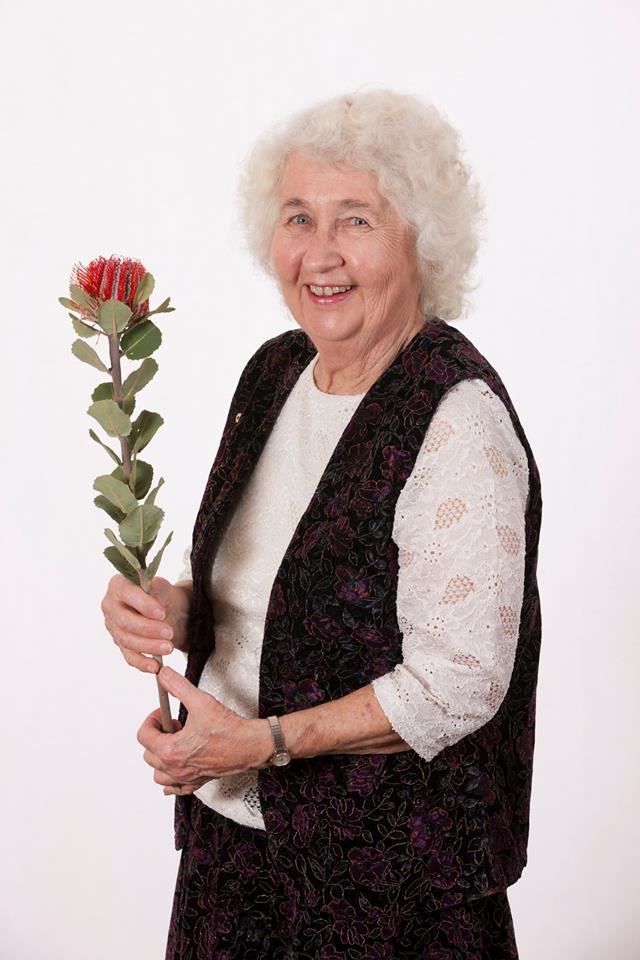
Mary White was Australia’s most well-known and decorated palaeobotanist. In 1975, she was hired by the Australian Museum where she collected 12,000 specimen plant fossils for the Museum’s collection. Her books on palaeobotany are some of the most beloved, including The Greening of Gondwana – The 400 Million Year Story of Australia’s Plants and Running Down: Water in a Changing Land. In 1999, Mary received the Riversleigh Medal for “excellence in promoting understanding of Australian prehistory”.
Olive Pink
Born: 1884
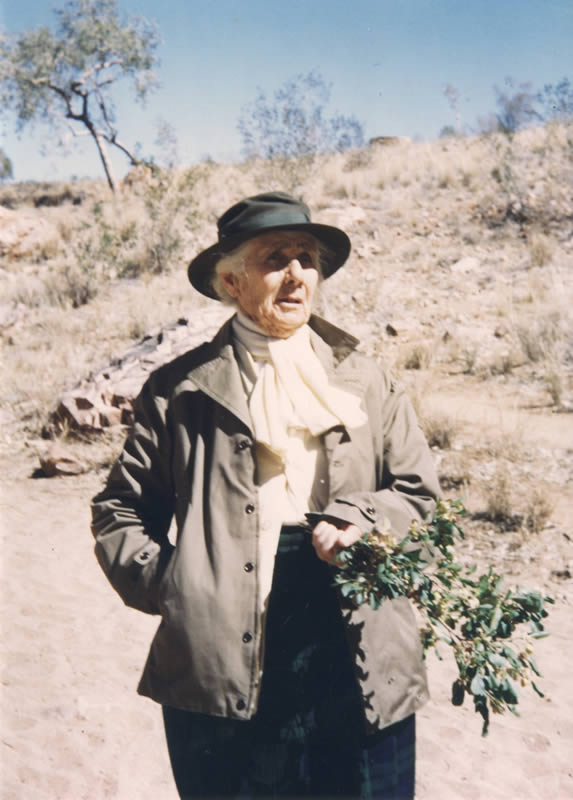
Olive Pink was a botanical painter who had a passion for Australia’s arid plants, particularly those of central Australia, and advocated for their recognition for most of her life. Olive permanently moved to the Northern Territory in 1943 and eventually she set up a small museum to exhibit some of her artworks and arid plant specimens. Sidney Nolan was one of many notable visitors. In 1956, Olive was evicted from the army hut she lived in and was later given a license to pitch a tent on a vacant plot, now the land on which the Olive Pink Botanic Garden, Alice Springs, lies. It showcases the best of Australia’s arid plants.
Georgiana Molloy
Born: 1805
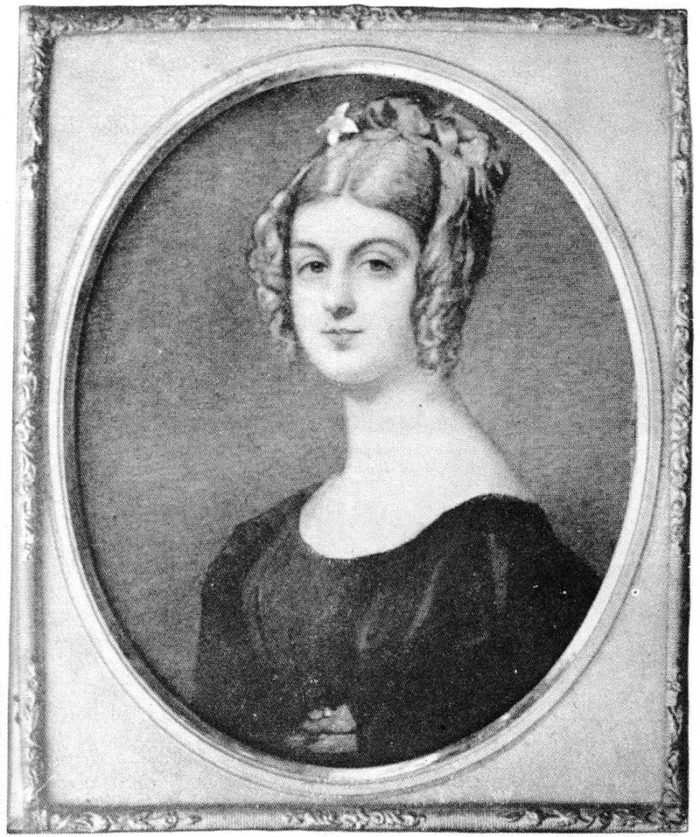
Georgiana Molloy was one of the first European botanical collectors in Australia. In 1836, she was asked by Captain James Mangles, an early white settler, to collect plant specimens. From then on, Georgiana spent most of her life collecting and documenting plants from the south west of Western Australia, which is renowned for being a biodiversity hotspot. Each year, the wildflower season of the area attracts thousands of tourists from across the world.
Fran Bodkin
Born: 1937
Fran Bodkin is a botanist and a D’harawal woman from the south of Sydney who has been critical in connecting western sciences to Indigenous knowledge. In 1986, she completed an Encyclopaedia Botanica, The Essential Reference Guide to Native and Exotic Plants in Australia, which included her own illustrations, and in 2013 she wrote D’harawal Climate and Natural Resources. Both have had a profound impact on our understanding of Australia’s native flora.
The Scott sisters
Born: 1800s
Harriet and Helena Scott, more commonly referred to as the Scott sisters, were famous natural history artists, who thoroughly documented the native flora and fauna of Ash Island, located in the Hunter region of NSW, where they lived for two decades. While many women were taught to paint the natural world, what set Harriet and Helena apart was their eye for science. They regularly collected specimens, and described and drew them with precision. Throughout their lives, the sisters were commissioned by the Australian Museum as well as many individual, well-respected scientists.
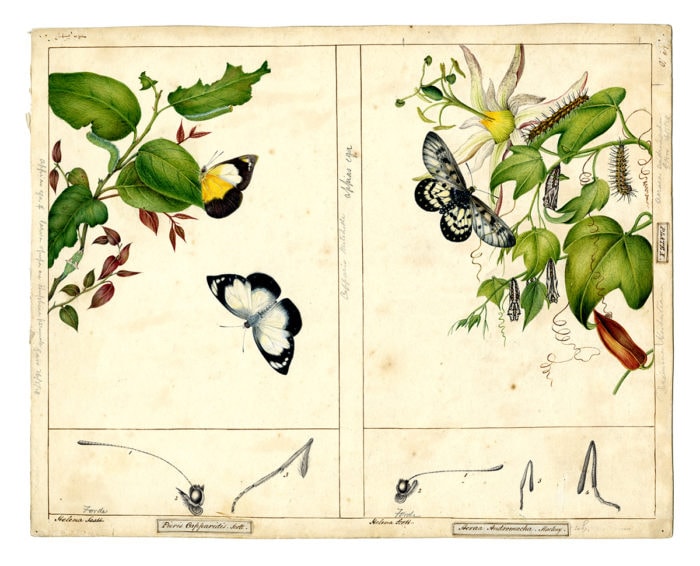
Janet Cosh
Born: 1901
Janet Cosh was an amateur botanist responsible for documenting plants of the Sydney, Illawarra, south coast and southern tableland regions of NSW. Janet spent much of her life as an archivist and eventually established the Berrima District Historical Society, where she worked for 18 years. Later in life, she focused on her botanical pursuits, purchasing a 4WD to travel to remote locations to collect specimens. After her death in 1989, she left behind 1600 specimens, almost 2000 botanical illustrations, her personal library, field notes, photographs, surveys and maps, which were donated to the University of Wollongong, where the Janet Cosh Herbarium is now located.
Thistle Harris
Born: 1902
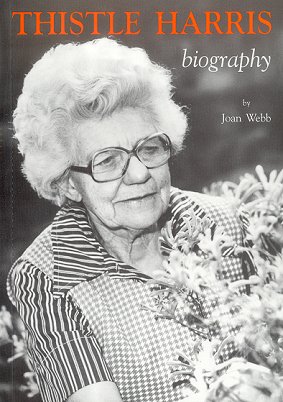
Thistle Harris was an influential botanist who was responsible for writing the first books on cultivating native Australian plants, including three volumes of Gardening with Australian Plants. Thistle was passionate about growing Australian plants in suburban gardens, rather than plants of a European variety. For her dedication to native plants, she was awarded the Field Naturalists Club of Victoria’s natural history medallion in 1963. Throughout her life she dedicated herself to several conservation issues, including the Save Lake Pedder campaign and excessive grazing and over development of Mount Kosciuszko.
Beth Gott
Born: 1922
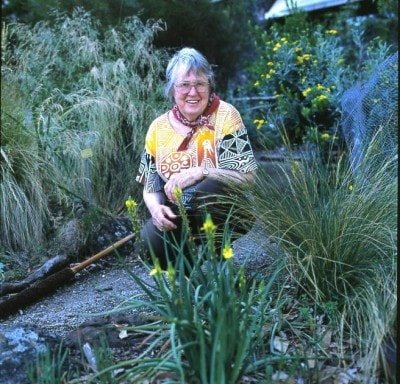
Beth Gott is a plant physiologist and ethnobiologist who challenges white-centric views of botany and advocates for Aboriginal land-management practices. Beth is responsible for creating a large database of plants that were used by Aboriginal people of south-eastern Australia and has written valuable books on the subject, including Koorie Plants, Koorie People: Traditional Aboriginal Food, Fibre and Healing Plants of Victoria. In 2017, Beth was made a Member of the Order of Australia for “significant service to the biological sciences as an ethnobotanist specialising in the study of the use of native plants by Indigenous people“.
Ilma Grace Stone
Born: 1913
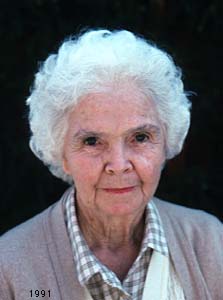
Ilma Grace Stone was a bryologist who made a large contribution to our understanding of Australian species of moss. In 1976, together with George A.M. Scott, Ilma wrote the definitive guide The Mosses of Southern Australia, which was the first book dedicated to the study of Australian mosses. Throughout her career Ilma also studied fungi and ferns. In total, Ilma wrote 70 scientific papers, 11 of which were written while she was in her 80s.
Nancy Burbidge
Born: 1912
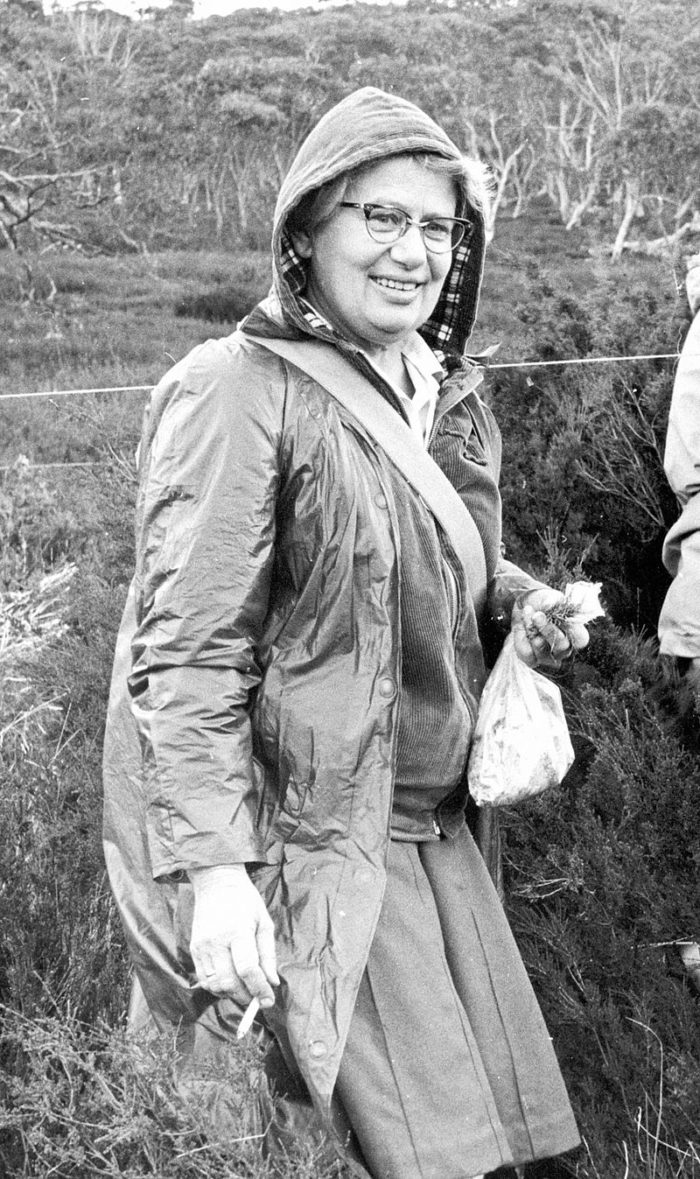
Nancy Burbridge was the first systematic botanist at the CSIRO Division of Plant Industry. Throughout her career, Nancy had significant influence in Canberra, laying foundations for the Australian National Herbarium and the National Parks Association of the Australian Capital Territory, and created the thorough guide, Flora of the Australian Capital Territory. But Nancy also made a major contribution to the taxonomy and evolutionary biology of plants outside of Canberra as well.
Barbara G. Briggs
Born: 1934
Barbara Briggs is the longest-serving female scientist at the Royal Botanic Garden Sydney; she has worked at the institution for almost 60 years. Throughout her career, Barbara has named 80 new species of plant, however she’s particularly well-known for what has been dubbed ‘detective botany’. In the 1960s, Barbara worked on the kidnapping-murder case of eight-year-old Graeme Thorne by identifying a plant fragment that was in found in the rug the body was wrapped in.
Winifred Curtis
Born: 1905
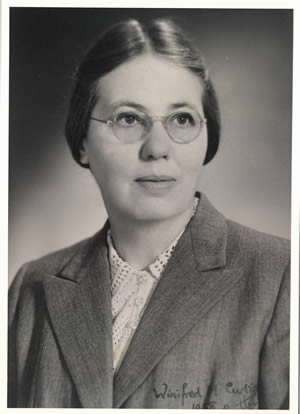
Winifred Curtis is one of Tasmania’s most well-known botanists. In 1945, she helped create the Department of Botany at the University of Tasmania, where she was a senior lecturer. In 1956, she published the first of five volumes of The Students’ Flora of Tasmania, which is still used to identify Tasmanian plants today. Winifred followed on from these books with the six-volumes of The Endemic Flora of Tasmania that she worked on between 1967 to 1978. Up until her death in 2005, she regularly made visits to the botany department, which now includes the Curtis Laboratory, named in her honour.
Maisie Carr
Born: 1912
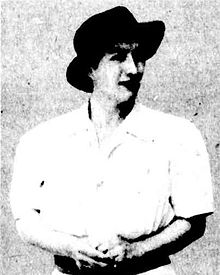
Maisie Carr was a botanist who was passionate about the plants of the Australian Alps. Her early research focused on soil erosion in the Victorian High Country, which has been said to have dramatically improved farming and grazing practices in the area. Maisie regularly travelled by horse through these alpine areas, giving her the nickname ‘The Washaway Woman’. Later in life, upon her return to Melbourne University, she helped in publishing The Families and Genera of Victorian Plants, which she hoped would improve understanding of the state’s unique flora.
Enid Robertson
Born: 1925
Enid Robertson was a systemic botanist who dramatically improved our understanding of South Australian plants. In 1947, she was appointed to the Waite Institute at the University of Adelaide, where she also took over curation of the herbarium, and in 1953 she became a Senior Research Fellow at the Botany Department. Enid was responsible for intensive research into the taxonomy of several species of South Australian flora, particularly algae and seagrasses.
Vera Scarth-Johnson
Born: 1912
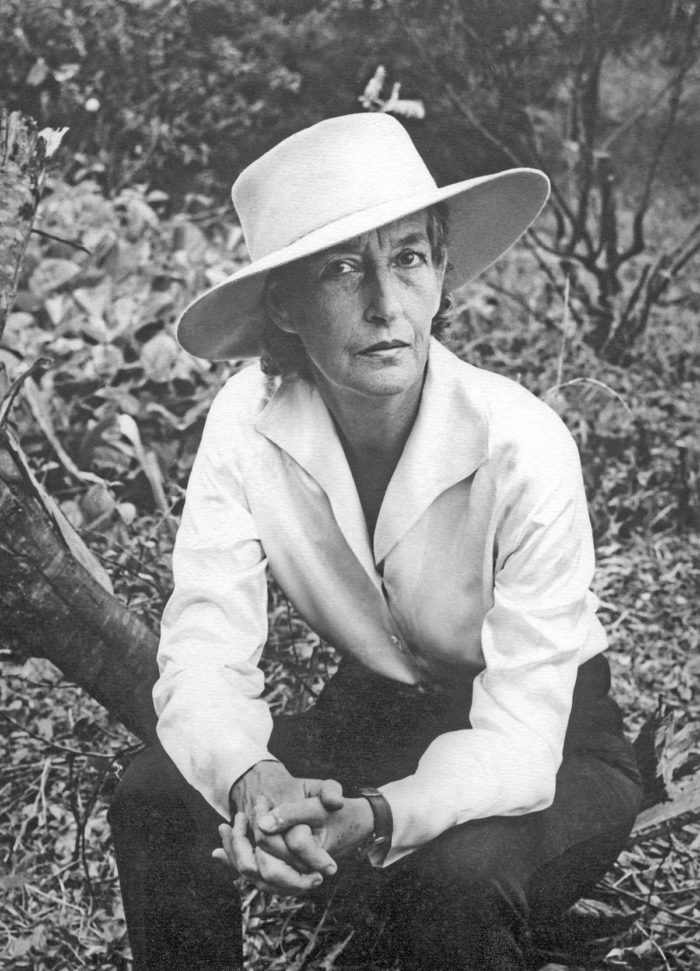
Vera Scarth-Johnson was an amateur botanist and painter who spent most of her later life studying the flora of Cooktown and the Endeavour River valley located on Cape York Peninsula, in far north Queensland. Vera’s aim was to paint more than 200 plants of the Endeavour River to encourage Queenslanders to protect the area from destruction. With the help of the Guugu Yimithirr tribe, Vera made several trips down the river to paint specimens and detail their Aboriginal usage. In 1989, she donated 140 of her works, which can now be seen at The Vera Scarth-Johnson Gallery in Cooktown.
Thank you to everyone that assisted Australian Geographic with this article.




